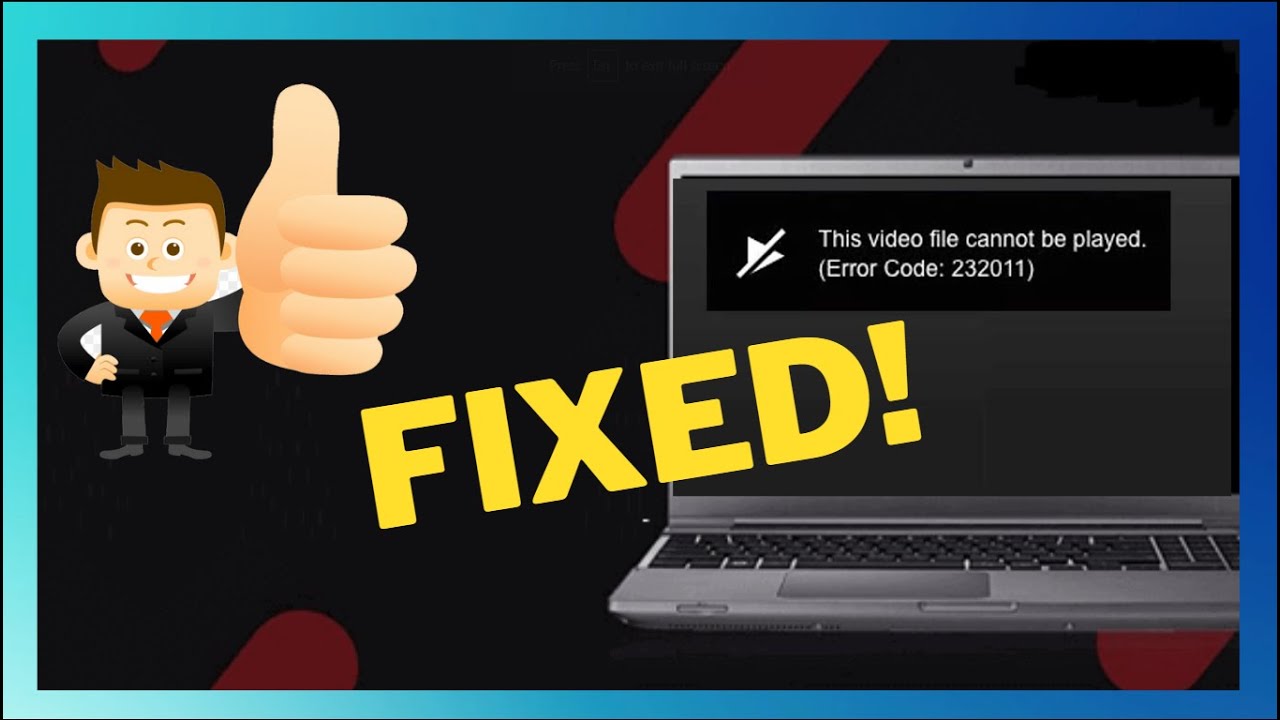The Changing Healthcare Landscape
In recent years, the healthcare landscape has undergone a dramatic transformation. The Affordable Care Act has placed new emphasis on quality of care and preventive care, while also working to control costs. These changes have led to a renewed interest in electronic health record (EHR) software.
EHR software can help healthcare providers improve the quality of care they deliver, while also reducing costs. In fact, a recent study by the RAND Corporation found that EHRs can help hospitals save up to $12,000 per year per physician.
There are several reasons why investing in EHR software is a smart move for any healthcare organization. First, EHRs can help providers track and manage patient data more effectively. This information can be used to improve care coordination and communication between providers and patients.
Second, EHRs can help reduce errors and improve patient safety. By automating tasks such as medication prescribing and laboratory test ordering, EHRs can help reduce the chance of errors.
Third, EHRs can improve population health management. By aggregating data from multiple sources, EHRs can give healthcare organizations a better picture of the health of their patient population. This information can be used to develop targeted interventions to improve
Why You Should Invest in EHR Software
Medical practices are under more pressure than ever to improve patient care while also reducing costs. One way to do this is by investing in electronic health record (EHR) software.
An EHR system can help you automate many of the tasks associated with patient care, from managing appointments to documenting medical histories. This can free up time for you and your staff to focus on providing quality care.
EHR systems can also help you improve communication with other members of the healthcare team, such as specialists and pharmacists. This can result in better coordination of care and fewer errors.
In addition, EHRs can help you track important data such as clinical outcomes and patient satisfaction levels. This information can be used to make continuous quality improvements in your practice.
While there is an upfront cost to implementing an EHR system, it is important to consider the long-term benefits that it can provide. Investing in an EHR system is an important step towards improving the quality and efficiency of your medical practice.
How to Choose the Right EHR Software
If you’re looking to invest in EHR software, you’ll want to make sure you choose the right one for your needs. Here are a few things to keep in mind when making your decision:
1. Cost: EHR software can be expensive, so you’ll want to make sure it fits within your budget.
2. Functionality: Not all EHR software is created equal. Make sure the software you choose has the features and functionality you need.
3. Usability: The last thing you want is to invest in software that’s difficult to use. Be sure to try out the software before making your final decision.
The Implementation Process
When you’re ready to take the plunge and invest in electronic health records (EHR) software, there are a few things to keep in mind. First, you need to consider what type of system will work best for your needs. There are off-the-shelf options as well as custom solutions. Once you’ve selected the right software, you need to think about how you’re going to implement it.
The implementation process can be daunting, but it doesn’t have to be. Here are a few tips to make sure your transition to an EHR system goes smoothly:
1. Train your staff. Your staff will be using the EHR system on a daily basis, so it’s important that they’re properly trained on how to use it. Schedule time for training and make sure everyone understands the basics before moving on to more advanced features.
2. Go live gradually. You don’t have to switch everything over to the EHR system overnight. Start with just a few departments or clinical areas and then expand from there. This will help reduce any disruptions and allow you to iron out any issues that may arise.
3. Have a backup plan. It’s always better to be safe than sorry.
Conclusion
If you’re looking for a way to increase efficiency and improve patient care, investing in EHR software is a great option. With so many different products on the market, it can be tough to choose the right one for your needs. However, by taking the time to do your research and invest in a quality product, you’ll be able to reap the benefits of EHR software for years to come. Thanks for reading!









Leave a Reply